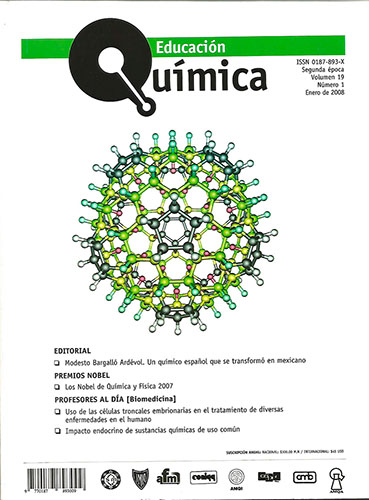Uso de las células troncales embrionarias en el tratamiento de diversas enfermedades en el humano
Main Article Content
Abstract
Pluripotent embryonic stem (ES) cells are derived from the inner cell mass of pre-implantation embryos called blastocysts, and can differentiate into all intraembryonic cell types. Mouse and human ES cells can be grown undifferentiated in culture for extended periods of time with genetic stability. Human ES cells could become a useful source for tissue aimed for cell replacement therapies in people, because they can produce terminally differentiated progeny. Thus, ES cells have recently gained a lot of interest in Medicine and Biology. In this paper, we summarize the advancements in the differentiation protocols to induce ES cells to become dopamine neurons, cardiomyocytes and insulin-producing cells. We also review the use of ES cells in animal models of Parkinson’s disease, heart failure and type I diabetes. Our conclusion is that there are significant achievements in both the induction of differentiation, and in the application of ES cells derivates in animals models of human disease, which might allow clinical translation in the long term.
Article Details
Citas en Dimensions Service

Educación Química por Universidad Nacional Autónoma de México se distribuye bajo una Licencia Creative Commons Atribución-NoComercial-SinDerivar 4.0 Internacional.
Basada en una obra en http://www.revistas.unam.mx/index.php/req.




